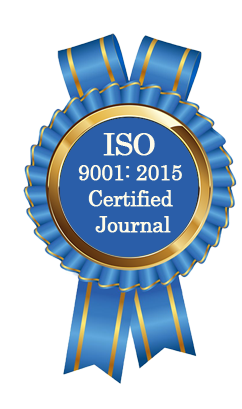| All | Since 2020 | |
| Citation | 105 | 60 |
| h-index | 4 | 4 |
| i10-index | 3 | 2 |
WJAHR Citation 
Login
News & Updation
Best Article Awards
World Journal of Advance Healthcare Research (WJAHR) is giving Best Article Award in every Issue for Best Article and Issue Certificate of Appreciation to the Authors to promote research activity of scholar.
Best Article of current issue
Download Article : Click here
Indexing
Abstract
RHESUS HEMOLYTIC DISEASE OF THE NEWBORN
*Dr. Sura Zuhair Dawood, Dr. May Mohammad Adil Khalil Alhayaly and Dr. Rehab Mohammed Kheder
ABSTRACT
Background: Hemolysis, anemia, and jaundice in newborns are all frequently brought on by Rhesus Hemolytic Disease of the Newborn due to Rhesus Incompatibility (HDN-Rh), a prevalent pediatric condition that increases morbidity and death in kids. Aim of thee study: To have an idea about rhesus hemolytic disease, severity and its problems in addition to efficacy of anti-D immunoglobulin and efficacy of phototherapy in preventing further exchange transfusion, and to find out whether ABO incompatibility is protective or not. Patients and Methods: A case-control study design was chosen to achieve the study objectives and the sample consisted of 50 patients and 50 controls collected from those who were admitted to the AL-Khansaa Teaching Hospital in Mosul city during the period from the first of August, 1999 to the 31 of Jan., 2000. Clinical data include parity, gestational age, sex, the presence of previous hemolysis or previous abortions, administration of anti D antibody by the mother previous blood transfusion to the mother, the presence of jaundice and the time of onset, and d the presence of pallor. Results: Thirty four of the patients were males (68.0%) and 16 were females (32.0%); male to female ratio was 1:1.875. the control group consisted of 27 males (54.0%) and 23 females (46.0%) and male to female ratio was 2.1:1. The proportion of full term in patient group was 37(74.0%) and in control group 35(70.0%), but the incidence of preterm in patients group was 13(26.0%) and in control group 15(30.0%). The proportion of severe rhesus hemolytic disease and the need for exchange transfusion were more in multiparous women (p
[Full Text Article] [Download Certificate]
